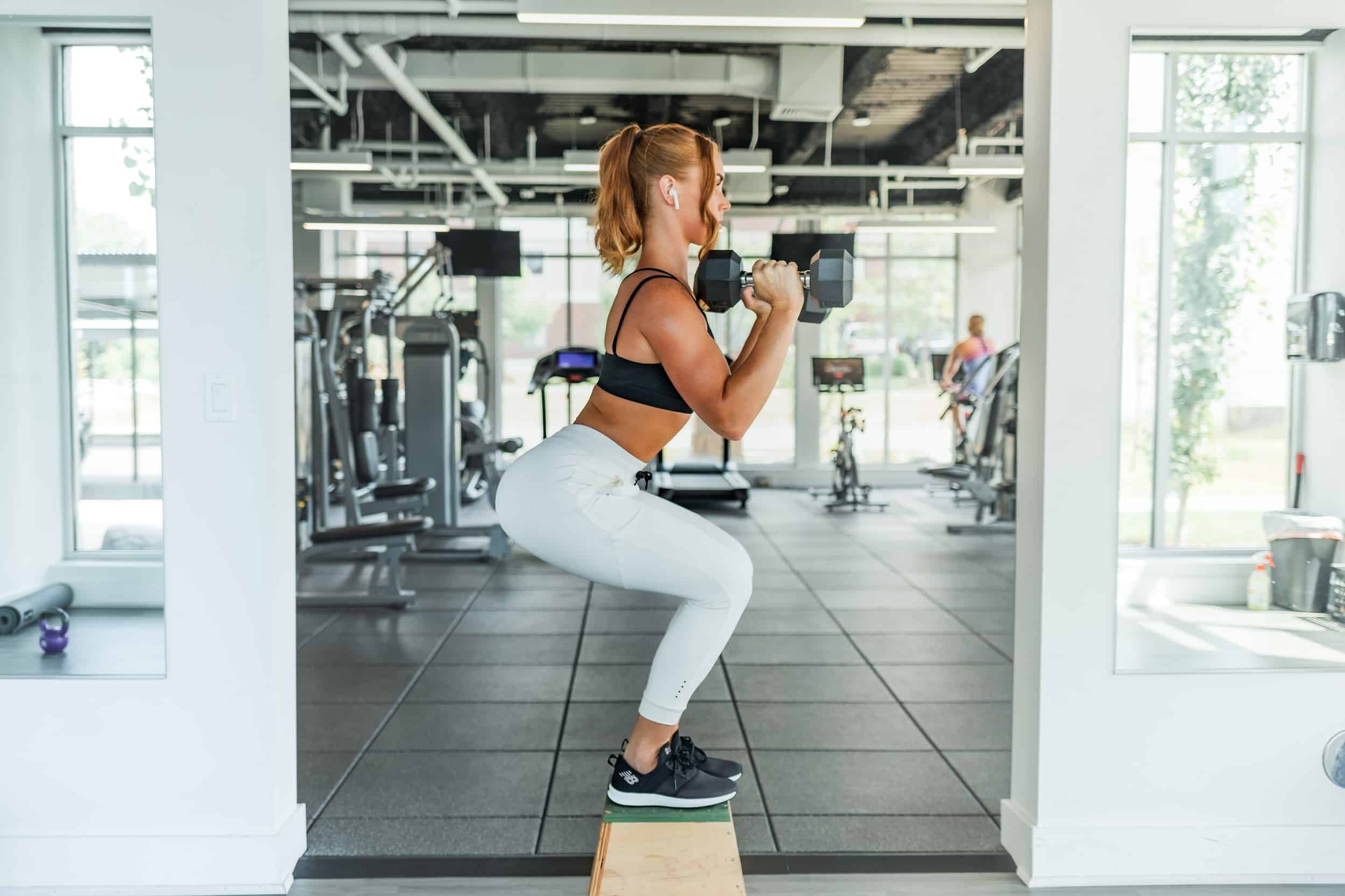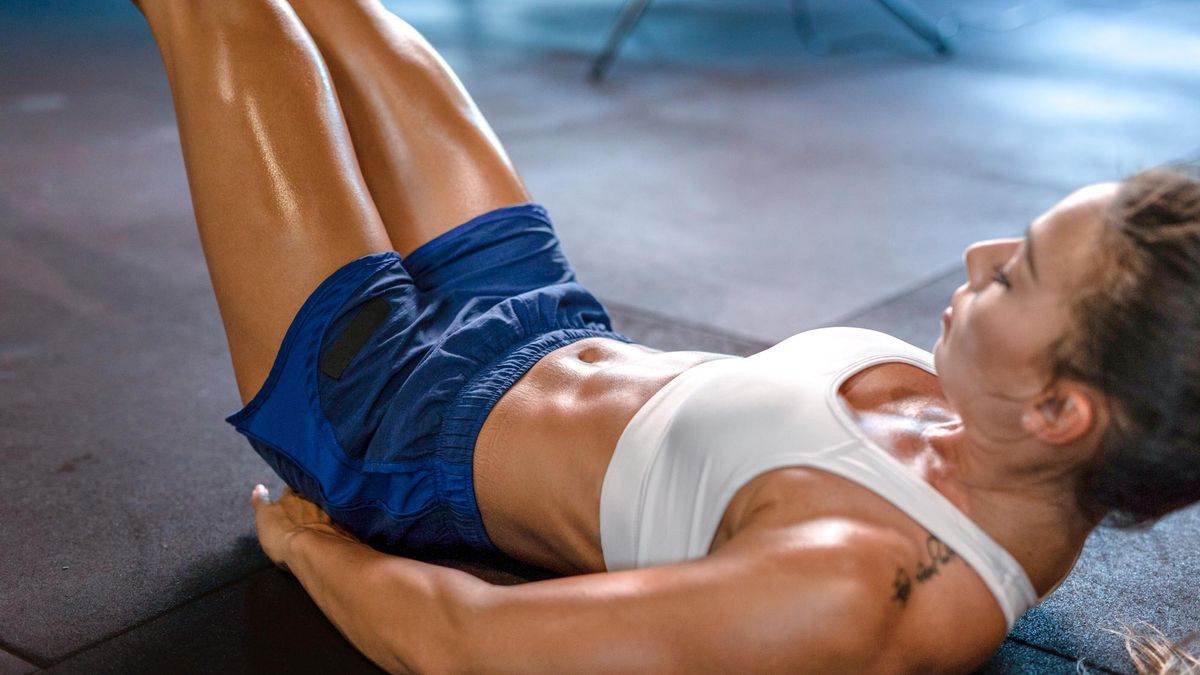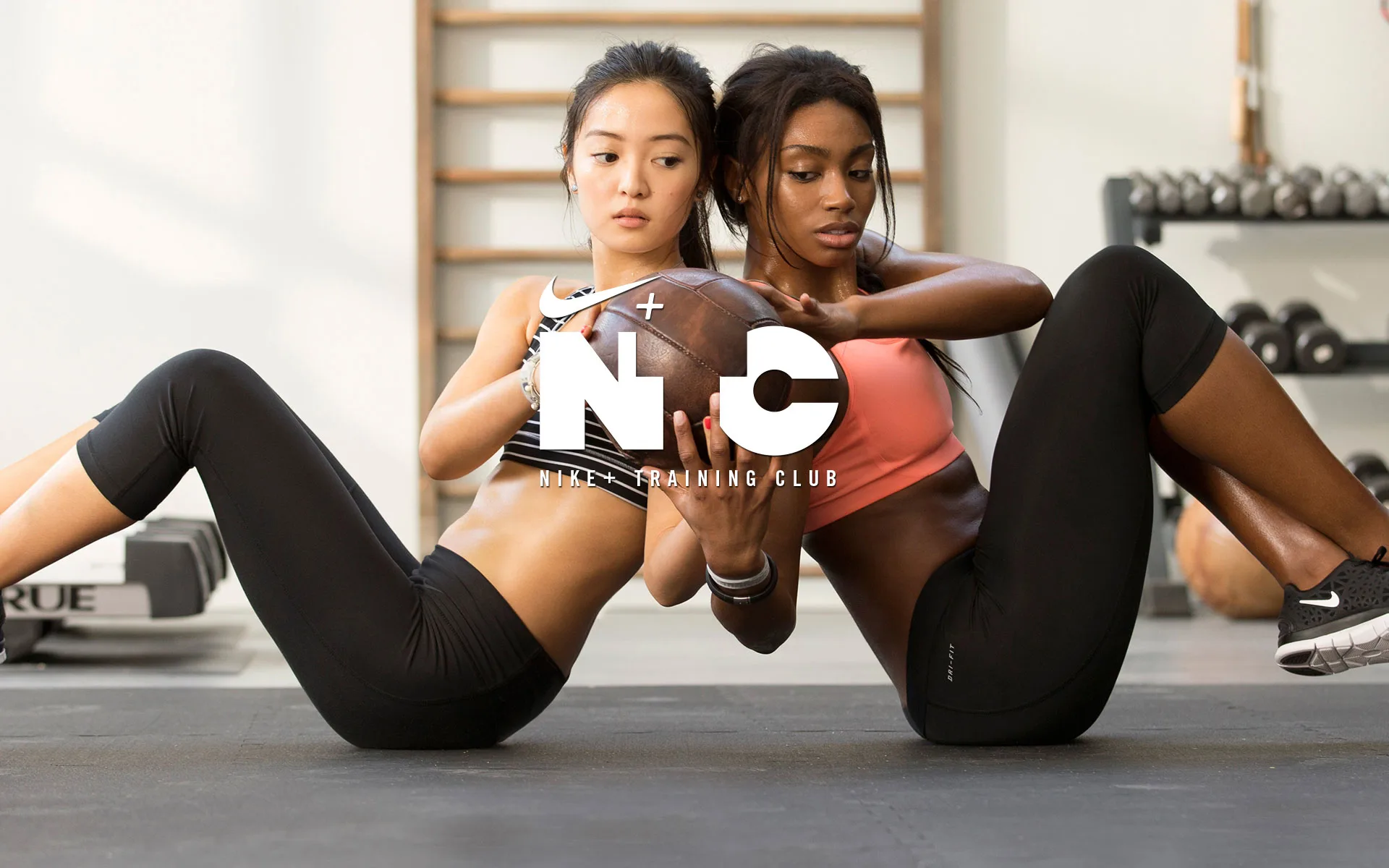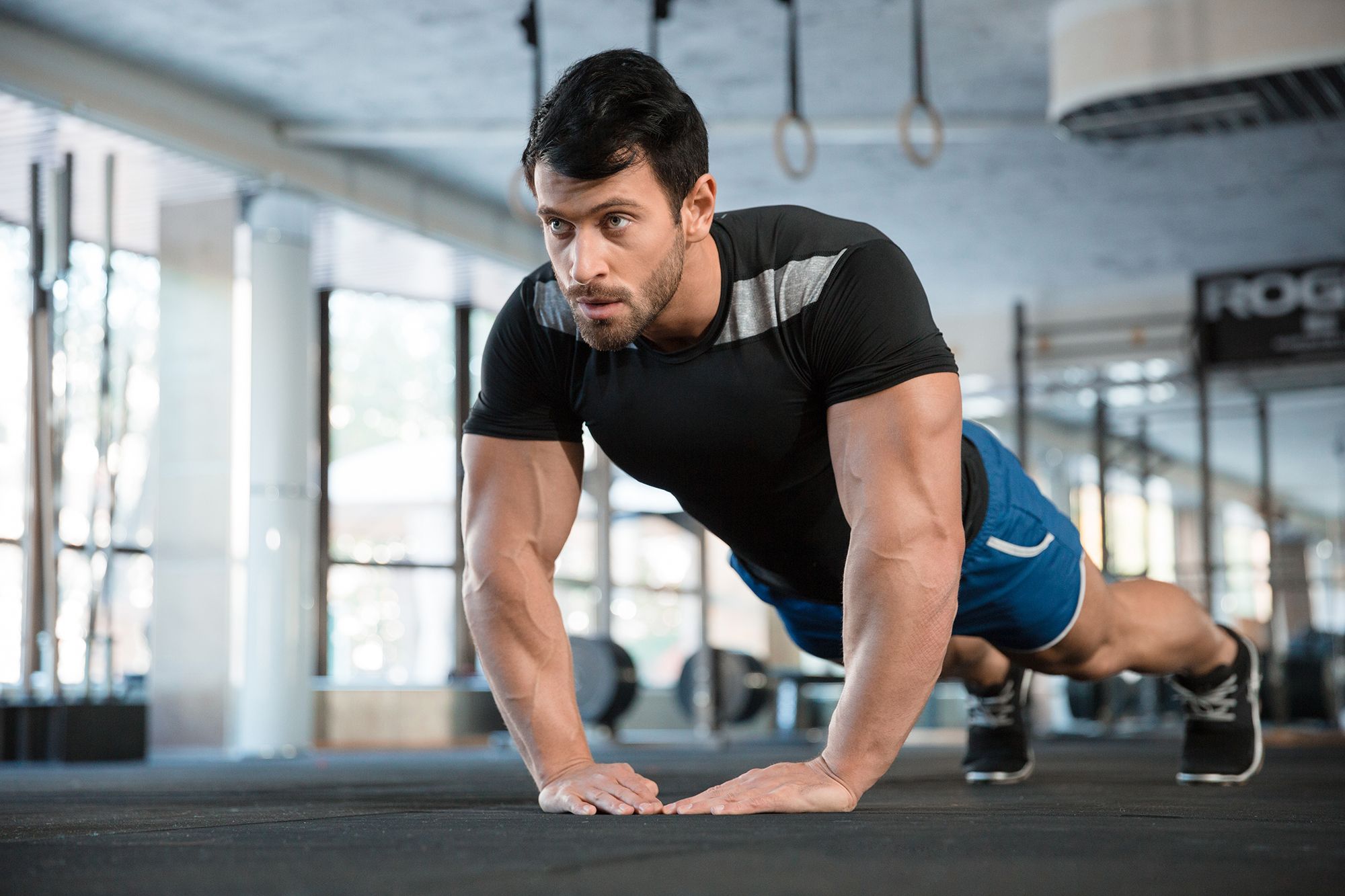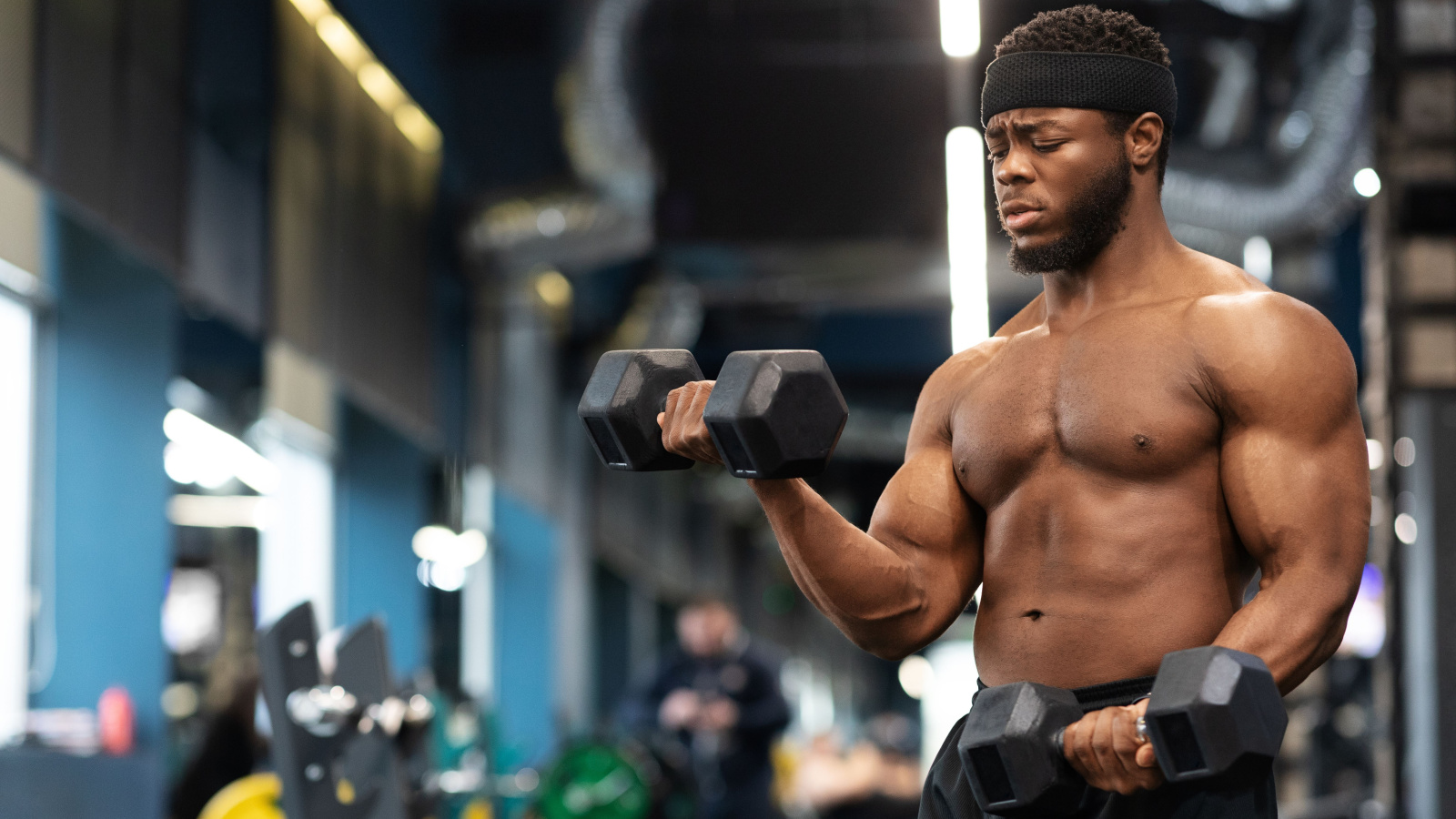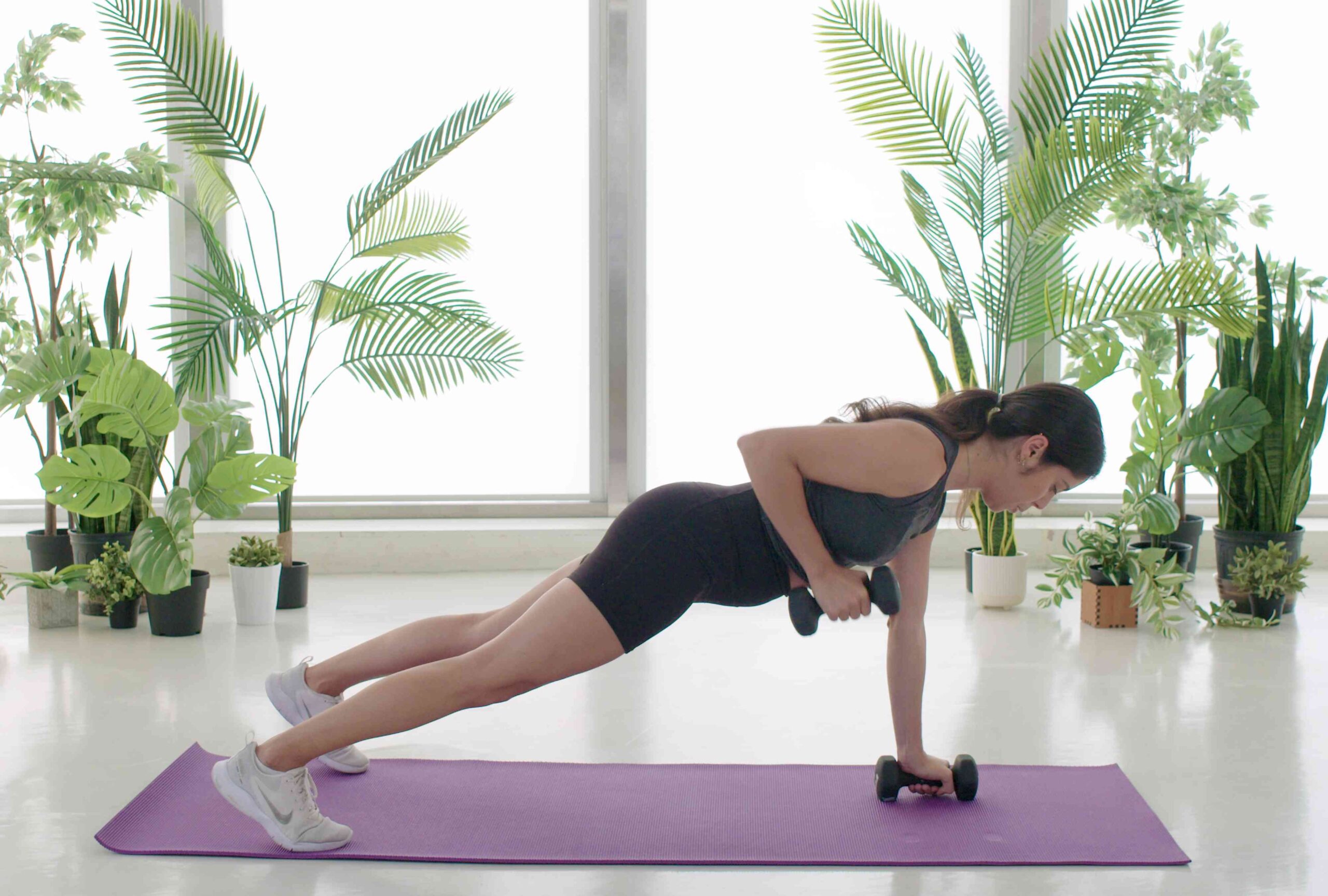Strong, lean legs are within your reach with the right exercises. Incorporating lower body movements into your routine will not only tone your legs but also improve your overall strength and fitness. Whether your goal is to slim down or enhance your athletic performance, focusing on your lower body is essential.
From squats to lunges, these exercises target the main muscle groups in your legs and help boost your metabolism. You don’t need a gym membership to achieve results; many of these workouts can be done at home with little to no equipment. By dedicating time to your leg workouts, you can create lasting changes in your body.
Get ready to discover nine effective exercises specifically designed for lean legs. By following a balanced approach that combines strength training with proper nutrition, you can optimize your leg workouts for your specific fitness goals.
Key Takeaways
- Target key muscle groups for effective strength building.
- Focus on a mix of exercises for balanced leg development.
- Incorporate nutrition and recovery for optimal results.
Anatomy of the Lower Body
Understanding the anatomy of your lower body helps you focus on effective exercises for lean legs. Key components include muscle groups and the role of joints in maintaining stability.
Understanding Muscle Groups
Your lower body consists of several important muscle groups, each playing a role in movement and strength. The main groups are:
- Quads: Located at the front of your thighs, these muscles help extend your knees. Strong quads are essential for activities like running and jumping.
- Hamstrings: Positioned at the back of your thighs, they work to flex your knees. Hamstrings are crucial for balance and powerful leg movements.
- Glutes: These muscles form your buttocks and are key for hip extension and stabilization. Strong glutes help improve posture and athletic performance.
- Adductors: Found on the inner thigh, they help bring your legs together. A strong adductor group supports hip mobility and reduces injury risk.
Understanding these muscle groups can help you target them effectively during workouts.
Role of Joints and Stability
Your lower body contains important joints: the ankles, knees, and hips. Each joint plays a significant role in enabling movement.
- Ankles: These joints provide flexibility and are vital for balance. Strong ankles help you perform exercises without injury.
- Knees: They act as a hinge, supporting movements like bending and straightening your legs. Keeping your knees stable is important for joint health.
- Hips: Hip mobility allows for a greater range of motion. Flexible hips enable deeper squats and lunges, enhancing your workouts.
Maintaining joint stability can prevent injuries and improve your overall performance.
Fundamentals of Lower Body Strength
Building lower body strength relies on two key concepts: core stability and muscle growth principles. These elements are crucial for improving your strength, balance, and overall functional fitness.
Importance of Core Stability
Core strength is essential for effective lower body workouts. A strong core provides stability, allowing you to perform exercises safely and efficiently. When your core is engaged, it helps maintain proper form during movements like squats and lunges.
This stability protects your lower back and joints from injury. Plus, a strong core improves your overall balance. This is vital when performing dynamic movements or exercises that challenge your coordination.
You can enhance core strength through various exercises. Planks, bridges, and medicine ball rotations are effective choices. By integrating core workouts into your routine, you’ll notice improvements in your lower body exercises.
Principles of Muscle Growth
Muscle growth, also known as hypertrophy, is important for building strength in your lower body. To achieve this, you need to apply specific training principles. The two main factors are progressive overload and proper recovery.
Progressive overload involves gradually increasing the weight or intensity of your workouts. This forces your muscles to adapt, leading to growth.
You can focus on compound movements like squats and deadlifts, which work multiple muscle groups at once.
Next is recovery. Your muscles need time to repair after workouts. Ensure you allow appropriate rest days and nourish your body with protein-rich foods to support muscle repair.
Following these principles will lead to increased lower body strength and endurance.
Key Lower Body Movements
Focusing on essential lower body movements helps you build strength, enhance muscle tone, and improve your overall fitness. Each type of movement targets different muscle groups for maximum effectiveness.
Squat Variations
Squats are fundamental for building strength in your legs and core. The back squat involves placing a barbell on your upper back. Keep your chest up, and push your hips back as you lower down. Aim for your thighs to be at least parallel to the ground.
The front squat places the barbell in front of you, promoting an upright torso. This variation puts more emphasis on your quads. For a more accessible option, try the goblet squat. Hold a dumbbell or kettlebell close to your chest as you squat. This helps maintain good form and stability.
Deadlift Mechanics
Deadlifts are key for engaging your posterior chain, particularly the hamstrings and glutes. The traditional deadlift begins with your feet hip-width apart. Bend at your hips and knees to grip the barbell on the ground. Keep your back flat and drive through your heels as you lift.
The Romanian deadlift focuses more on the hamstrings. Start with the barbell at your thighs and lower it while maintaining a slight bend in your knees. Push your hips back to feel a stretch in your hamstrings, then return to standing. This movement builds strength and mobility in your legs.
Mastering Lunges
Lunges effectively target your quads, hamstrings, and glutes. A basic lunge involves stepping forward with one foot and lowering your hips until both knees are at right angles. Ensure your front knee doesn’t extend past your toes.
The reverse lunge is a variation that steps backward rather than forward. This reduces strain on your knees and enhances balance. For an advanced option, try Bulgarian split squats. Elevate your back foot on a bench and lower your body into a lunge. This intensifies the workout, focusing more on each leg individually.
Incorporating these key movements into your routine can enhance your lower body strength effectively.
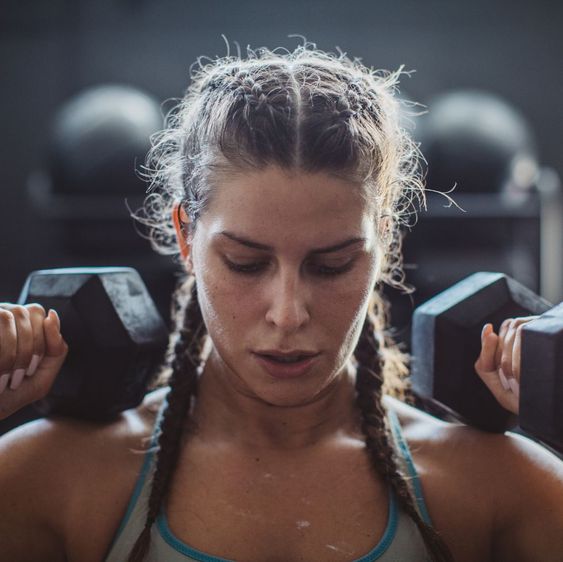
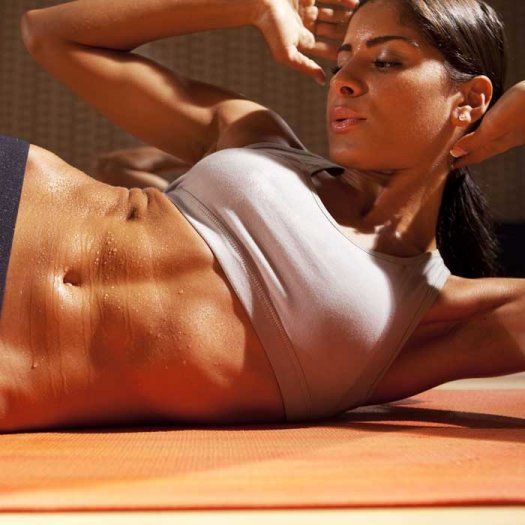
Advanced Techniques and Variations
To enhance your lower body workouts, consider advanced techniques like single-limb exercises and incorporating explosive movements. These approaches can increase strength and power while also improving balance and stability.
Progressing to Single-Limb Exercises
Single-limb exercises challenge your body differently than traditional two-limb moves. One effective option is the pistol squat. This move requires balance and strength. Begin by standing on one leg and lowering your body into a squat. Aim to keep your other leg extended in front of you.
Another great choice is the single-leg Romanian deadlift. Hold a dumbbell in one hand. Keep your back straight and hinge at the hip, lowering the weight toward the ground. This not only targets your hamstrings and glutes but also improves your balance.
Key benefits of these exercises:
- Increased muscle activation
- Improved core stability
- Enhanced balance and coordination
Incorporating Explosive Movements
Adding explosive movements to your routine can boost your overall strength and power. One popular exercise is the jumping lunge. Start in a lunge position, then push off the ground, switching legs mid-air before landing in a lunge again. This dynamic move trains your legs while also increasing your heart rate.
Another effective explosive move is the box jump. Stand in front of a sturdy platform. Bend your knees and jump onto the box, landing softly. This helps build power in your lower body.
Benefits of explosive movements include:
- Improved athletic performance
- Greater calorie burn
- Enhancements in muscle strength
Improving Flexibility and Range of Motion
Improving flexibility and range of motion is essential for healthy movement and injury prevention. Focusing on specific areas like the hip flexors and ankles can enhance overall mobility.
Dynamic Stretching for Hip Flexors
Dynamic stretching is a vital method for improving hip flexor flexibility. These muscles play a significant role in activities like walking, running, and jumping. Here are a few effective dynamic stretches:
- Leg Swings: Stand next to a wall or support. Swing one leg forward and backward for 10-15 swings, then switch legs.
- Lunges with a Twist: Step forward into a lunge position. As you lower down, twist your torso toward your front leg. Hold for a few seconds and switch sides.
- High Knees: Jog in place, bringing your knees up toward your chest. This gets the blood flowing and warms up the hip flexors.
Perform these stretches regularly to enhance your hip flexibility and prepare your body for more challenging workouts.
Enhancing Ankle Mobility
Good ankle mobility is key to balance and proper movement mechanics. Limited ankle flexibility can lead to poor form during exercises. To improve ankle mobility, try these exercises:
- Ankle Circles: Sit with one leg crossed over the other. Rotate your ankle in a circular motion for 10-15 circles, then switch directions. Repeat on the other ankle.
- Heel Raises: Stand straight and raise your heels off the ground while balancing on your toes. Hold for a moment and lower back down. Repeat for 10-15 reps.
- Calf Stretch: Stand facing a wall with one foot behind the other. Keeping the back heel on the ground, bend the front knee and hold the stretch for 20-30 seconds. Switch legs.
Incorporating these exercises into your routine will enhance your mobility and support better performance in your lower body workouts.
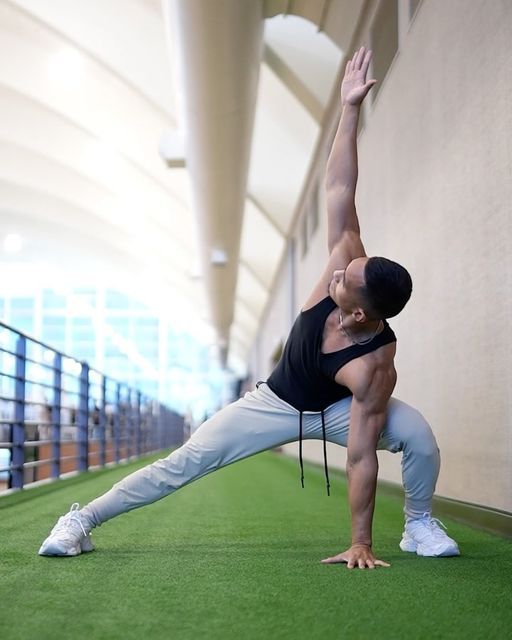
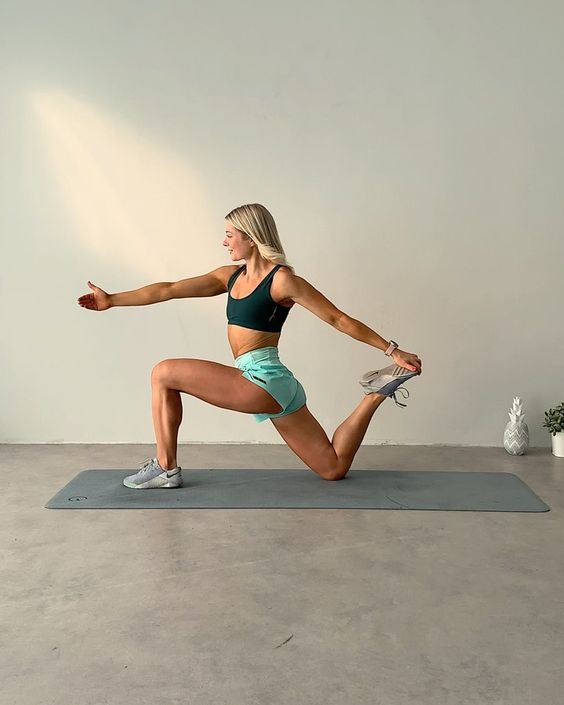
Exercise Selection for Balanced Development
Choosing the right exercises is crucial for developing lean legs effectively. A mix of unilateral and bilateral training along with a focus on the posterior chain can help you achieve better muscle balance and strength.
Unilateral vs Bilateral Training
Bilateral exercises involve both legs working together, like squats and deadlifts. These compound movements are great for building overall strength. They engage multiple muscle groups, helping to develop mass and power in your legs.
Unilateral exercises, such as step-ups and single-leg glute bridges, target one leg at a time. This approach helps correct muscle imbalances by ensuring each leg works equally. It also challenges your stability and improves overall coordination.
Incorporating both types of training is essential. Aim for a balance between bilateral and unilateral movements to maximize strength and prevent injuries.
Targeting Posterior Chain
The posterior chain includes muscles like your glutes, hamstrings, and lower back. These muscles are vital for powerful movements and overall leg strength. Focusing on them can enhance your athletic performance and physique.
Exercises like hip thrusts and good mornings specifically target the posterior chain. Hip thrusts are effective for building glute strength and adding size, while good mornings improve hamstring flexibility and strength.
Don’t forget calf raises, as strong calves support ankle stability and contribute to a balanced lower body. By including exercises that target the entire posterior chain, you ensure a well-rounded lower body workout.
Strategies for Maximizing Leg Workouts
Maximizing your leg workouts involves effective preparation and the right combination of exercises. Focus on warming up properly and integrating different workout styles to achieve the best results.
Effective Warm-Up Routines
A proper warm-up can improve your performance and reduce the risk of injury. Start with a 5-10 minute light cardio session like jogging or brisk walking. This helps get your blood flowing to the muscles.
Next, incorporate dynamic stretches. Examples include:
- Leg swings: Forward and sideways to loosen your hips.
- Walking lunges: This warms up both your legs and engages your core stability.
- Bodyweight squats: These prepare your muscles for heavier lifts.
Using free weights can also enhance your warm-up. Perform a few sets of dumbbell squats with lower weights. This will activate the major muscle groups in your lower body and help you get ready for more intense leg exercises.
Combining Resistance with Cardio
Balancing resistance training with cardio can boost your leg workouts effectively. Resistance exercises help build lean muscle, while cardio promotes fat loss.
Try incorporating high-intensity interval training (HIIT) into your routine. For example, alternate between dumbbell squats and short bursts of cardio like jumping jacks or mountain climbers. This combination keeps your heart rate up while strengthening your legs.
You can also schedule leg training days that include both. Start with your best lower body exercises, followed by a 15-20 minute cardio session. This may include cycling, running, or rowing.
Together, these methods will enhance your muscle tone and improve your overall leg strength.
Nutrition and Recovery for Lean Legs
To achieve lean legs, both nutrition and recovery play crucial roles. A balanced diet helps in muscle definition, while proper recovery allows your body to rebuild and strengthen.
The Role of Diet in Muscle Definition
Your diet is vital for leaning out your legs and building lean muscle. Focus on consuming a variety of nutrient-dense foods. A healthy meal plan could include:
- Vegetables: Fill your plate with leafy greens, broccoli, and carrots. They are low in calories and high in vitamins.
- Lean Proteins: Include chicken, turkey, fish, and legumes. Protein is essential for muscle repair and growth.
- Healthy Fats: Avocados, nuts, and olive oil support overall health and can help maintain energy levels.
Limit processed foods and added sugars. These can increase body fat while providing little nutrition. Aim for three balanced meals and healthy snacks to keep your energy up through workouts. Be aware of portion sizes to support fat loss without sacrificing muscle.
Rest and Repair for Growth
Recovery is just as important as nutrition. Your muscles need time to repair, especially after intense workouts. Rest days help prevent injury and lead to better performance. Consider these tips for effective recovery:
- Sleep: Aim for 7-9 hours of quality sleep each night. Sleep is when your body repairs itself and builds lean muscle.
- Active Recovery: Low-intensity exercises like walking or yoga can promote blood flow without stressing your muscles.
- Stretching: Incorporate stretching after workouts to improve flexibility and reduce soreness.
Hydration also aids recovery. Drink plenty of water to help your body function properly and support muscle recovery. By prioritizing rest and hydration, you can enhance your results and build lean legs effectively.
Optimizing Lower Body Workouts for Different Goals
When planning your lower body workouts, consider your specific goals. Whether you aim to build endurance, increase strength, or improve athletic performance, each goal requires a tailored approach. Here are key strategies for different objectives.
Building Endurance vs. Strength
To build endurance, focus on higher repetitions with lighter weights. Aim for 12 to 20 reps per set. This can include exercises like bodyweight squats, lunges, and step-ups. Incorporating resistance bands can enhance your routine without adding excessive load.
For strength, lower the repetitions to 6 to 10 per set and increase the weights. Prioritize compound exercises like barbell squats and deadlifts. These not only build muscle but also improve functional strength. Variation is key; consider adjusting the tempo or incorporating supersets for added intensity.
Designing Workouts for Athletic Performance
Athletic performance requires a mix of strength, power, and endurance. Focus on functional movements that mimic sports activity.
Incorporate plyometrics like jump squats and box jumps to improve explosive strength.
A balanced routine might look like this:
- Day 1: Strength – Barbell squats, deadlifts.
- Day 2: Endurance – Bodyweight circuits with lunges and step-ups.
- Day 3: Power – Plyometric drills and sprint intervals.
This variety helps keep your workouts engaging. It also enhances your cardiovascular health, which is essential for sustained athletic performance. Always remember to include proper warm-ups and cool-downs for best results.
